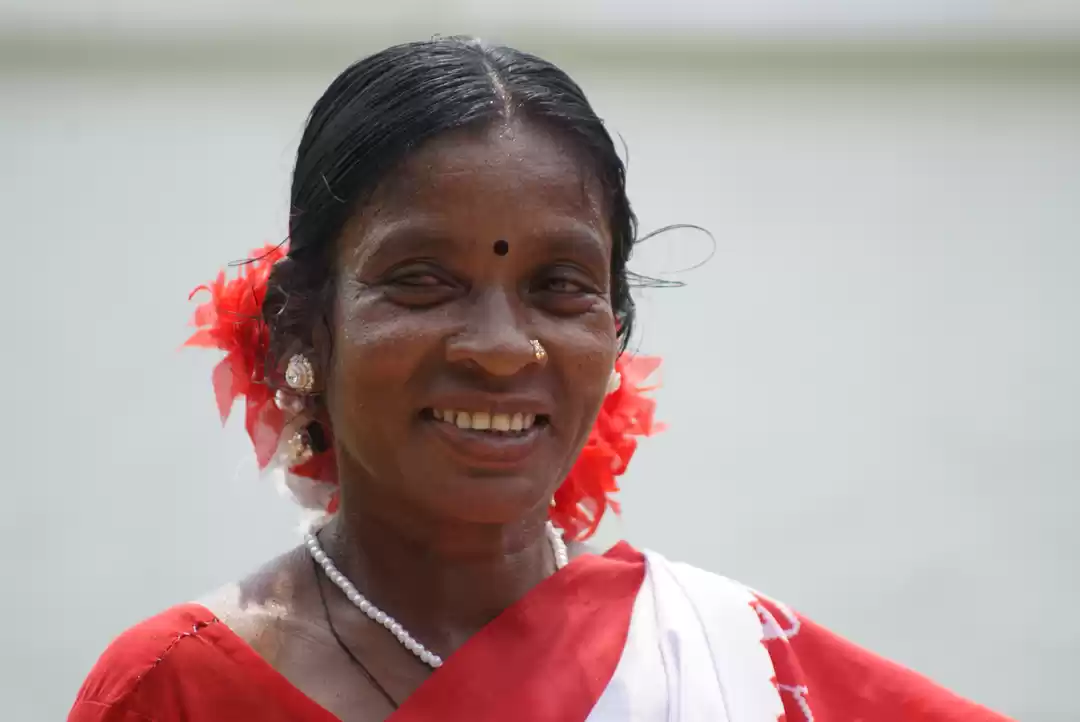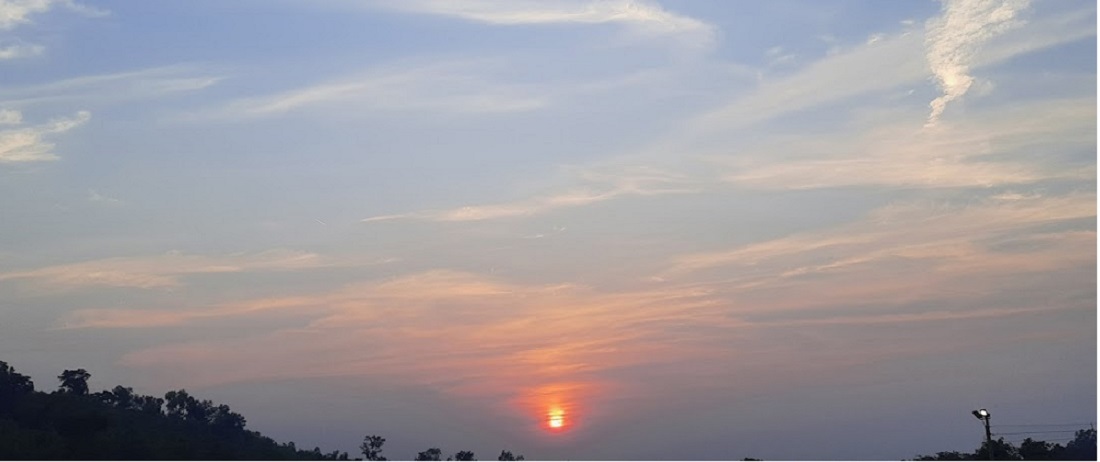
The district of Bankura of West Bengal is unique due to its extensive Geographical and Archaeological landmarks.
The extensive cultural background of Bankura, its geographical features as well as popular tourist destinations like Bishnupur, Joyrambati, Mukutmanipur, and Susunia make this place a treasure of Bengal.
Jairambati
Jairambati, the small village of Bankura is 27miles from Bishnupur. This place is 3 miles west of Kamarpukur, the birthplace of Sri Sri Ram Krishna Paramhansa.
This spiritual place spreads messages of religion, equality, devotion, and love.
Jayaramba power was born in 1853 to Sri Sri Sarada Devi, the spiritual companion of Lord Sri Ramakrishna Paramahamsa. It is the birthplace of the holy mother Sarada Ma.
Saradamani was born on 22 December 1853. The Matrimandir was established in 1923 in her birthplace.
The temple has a marble statue of the mother. The mother’s house is located opposite the temple.
Adjacent to the Matri Mandir there is Punyi Pukur. On the bank of the pond are the temples of Sundara Narayan and Shitaladevi.
In Jayrambati, apart from the Sri Sri MatriMandir you can explore the old House and the New House (puraton mandir and nutan mondir), Amodar Ghat, Mayer Ghat, Sri Sri Singhabahini Mandir, Sihar etc.
Susunia hills
The Susunia Hills are located in the southern part of West Bengal.
Located on the way from Bankura to Purulia, this ancient hill is ten kilometers northeast of Chhatna and 13 kilometers away from Bankura town.
Amidst the beautiful green and red landscapes, the Susunia hills are about 1200 feet high. This hill is popular due to its great archaeological and historical significance.
Mysterious fossils scattered here and there depicts ancient stories! Have a look at the proud tools of the Stone Age and see the ‘oldest’ inscriptions of West Bengal and the incredible beauty of nature.
Listen to that ancient story through the mysterious fossils scattered here and there, look at the proud tools of the Stone Age, and see the ‘oldest’ inscriptions of West Bengal and the incredible beauty of nature.
The river Gandheshwari flows at the base of the hill while the “Palash” flower dominates the place with its fiery orange color.
Here you can breathe in the freshness of nature.
Joypur forest

Joypur Forest is a dense forest located in the Bankura district of West Bengal. Here you can see sunlight peeping in through the dense canopy of trees. The forest is filled with groves like Shawl, Teak, Palash, Kusum, Mahua, Neem, etc. Joypur Forest is 12 Km away from Bishnupur. When it comes to wildlife, the first thing that is worth mentioning here is the Chital deer. These deers are often seen roaming around in the Joypur forest. Elephants, wild foxes, wolves, peacocks, and other birds are also present in the forest. You will be able to locate two watchtowers in the jungle at Mubarakpur and Machanpur. Elephant embankments have been built where elephants go to drink water or bathe. You can also visit the high-tech nursery adjacent to the range office. You can experience pure natural bliss and the thrill of the forest in Joypur, Bankura. Near Joypur is a terracotta Pancharatna temple rich in terracotta work.
Mukutmanipur
Mukutmanipur is one of the largest earthen dams in India and is one of the popular tourist spots of Bengal situated on the confluence of two rivers Kumari and Kangsabati Rivers.
It is famous for its necklace-shaped dam of “Rangamati” wrapped in green.
Blessed by the pristine blue water and scenic beauty, Mukutmanipur is a hidden treasure bordered by lush green forests and hills.
Mukutmanipur is far away from the crowds and commercial city life, a part of Mukutmanipur bears the essence of tribal culture and offers a spectacular sight to tourists.
It is also considered an ideal destination for people who love photography.
Mukutmanipur is also known as the ‘Queen of Bankura’ and it offers a perfect weekend destination to break the monotonous busy schedule of our lives.
Pareshnath Shiv Mandir, Musafirana View Point, Kangsabati Dam, Bonpukuria Deer Park, Ambika Temple, Noah Baroghutu Sunset Point are the other popular attractions near Mukutmanipur.
Tusu and Mukutmanipur Loksanskriti Mela are some festivals celebrated in Mukutmanipur.

Bishnupur
Bishnupur is famous for terracotta temples.
However, tourists do not visit Bishnupur for the terracotta temples but also for the fact that there are many religious, archeological, and cultural heritage landmarks in Bishnupur.
Bishnupur is the cultural center of historical Rarha Bengal.
The rise of Bishnupur began in the seventeenth century when King Adi Malla established the Malla dynasty as the king of the Rarha region.
Various ancient temples were established at Bishnupur before the 16th century AD, but none of them exist today.
Terracotta temples built in the late 16th century became very popular and we can still see them today. Not only terracotta but there are also several temples made of laterite stone.
Various patterns of temple architecture such as the Chala or Ratna can be seen in various temples here. Rasmancha, Shyam Rai Mandir, Kesto Rai mandir or JorBangala Temple, and RadhaShyam Temple are the prime attractions in Bishnupur.
Apart from Durga Puja and Kali Puja, the domestic touch of Bishnupur can be found in the fair of Chaitra Gajan of Ekteswar or Gajan of Dharmaraj of Beliatar.
Also during Ras Utsav, Vadhu, and Tusu Puja the whole of Bishnupur is rejuvenated.
























